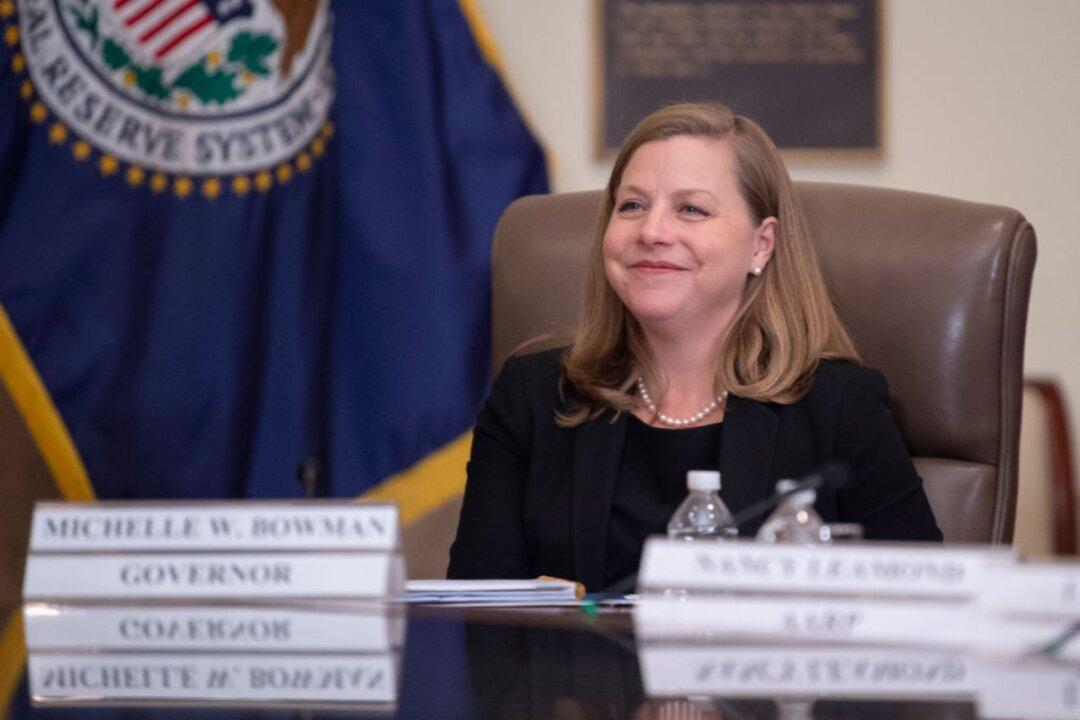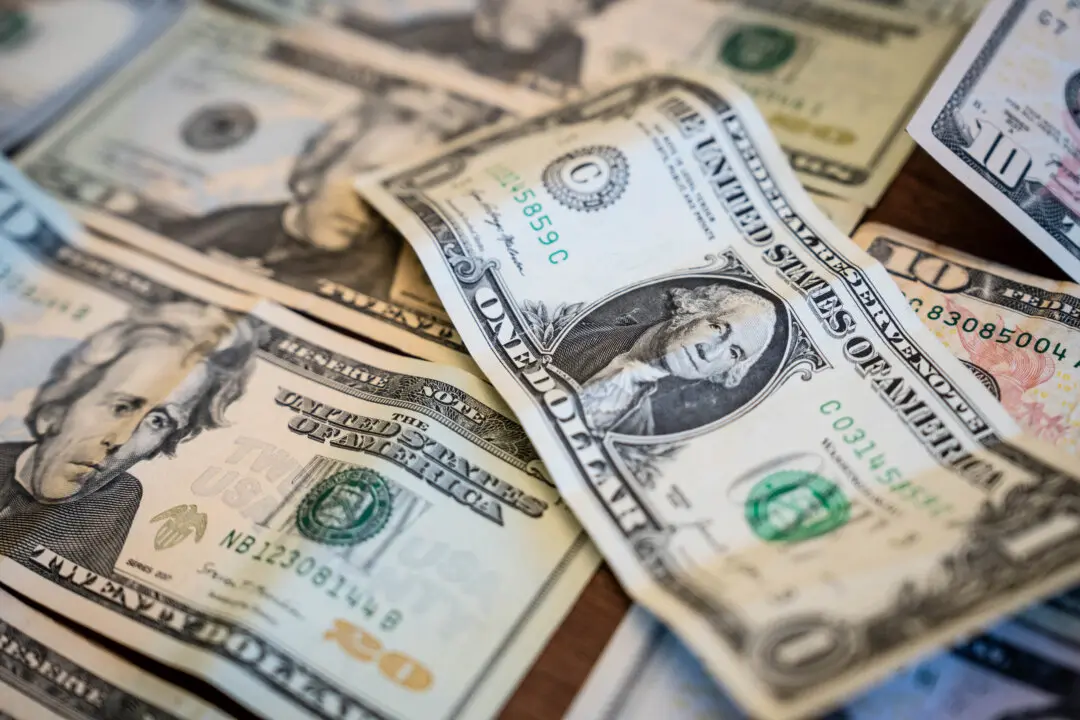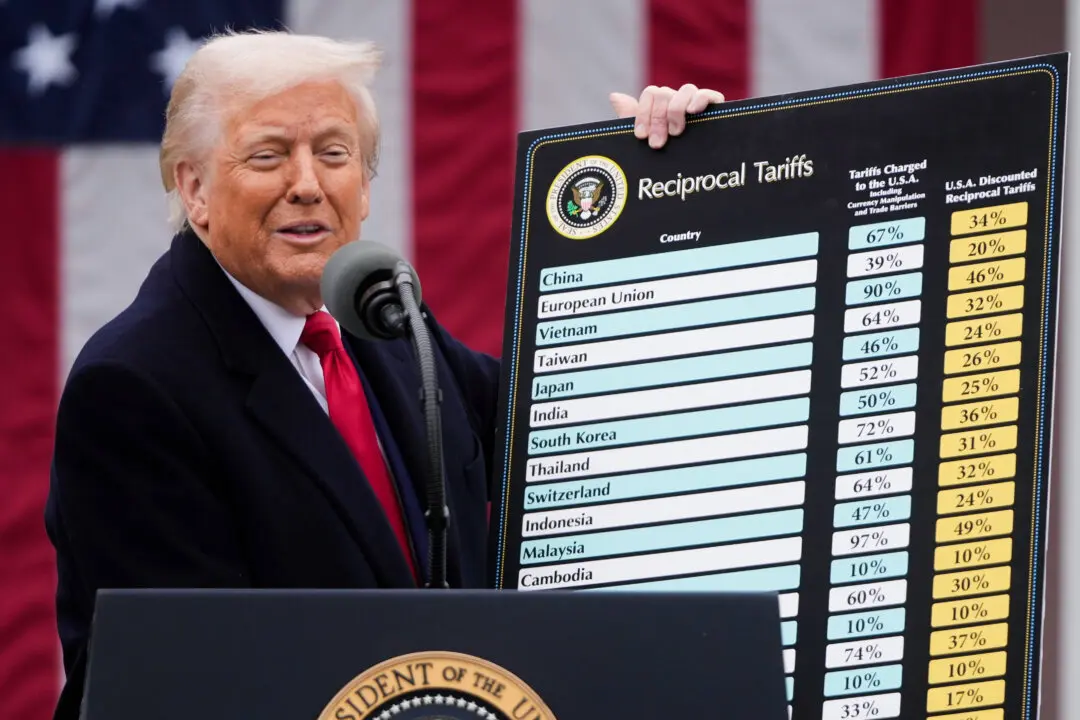Federal Reserve Gov. Michelle Bowman said at a London event on June 25 that she is prepared to raise interest rates if inflation pressures persist.
Speaking to the British conservative think tank Policy Exchange, Ms. Bowman conceded that she would be willing to increase the benchmark federal funds rate “should progress on inflation stall or even reserve.”





